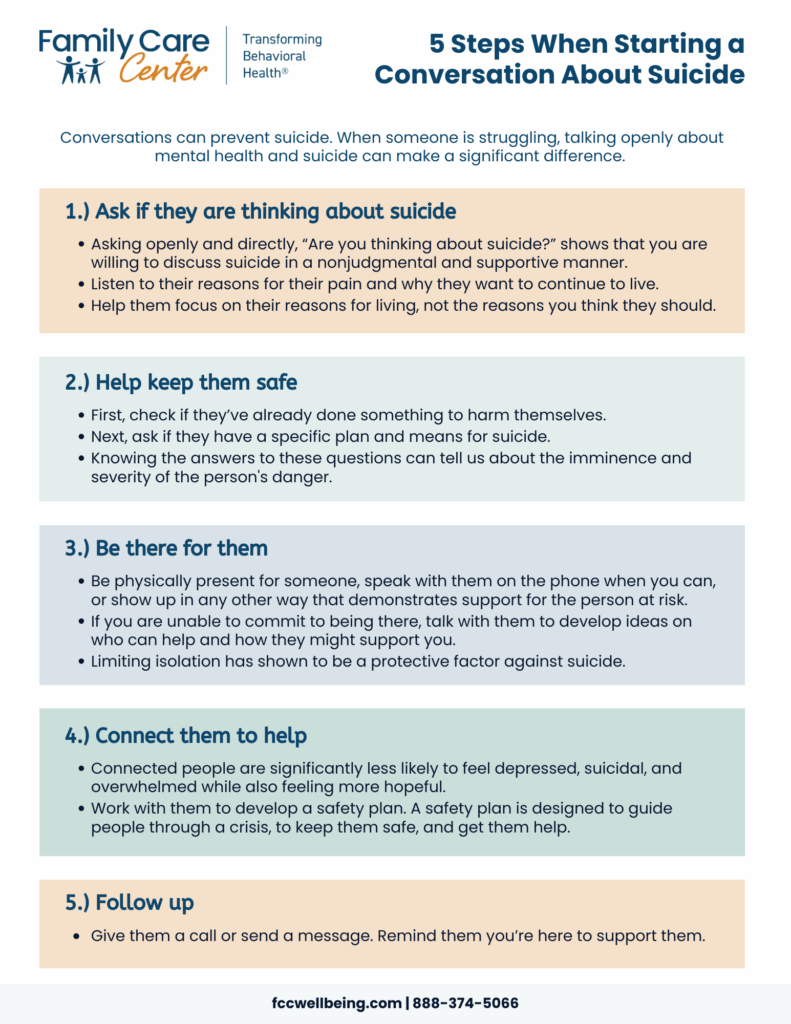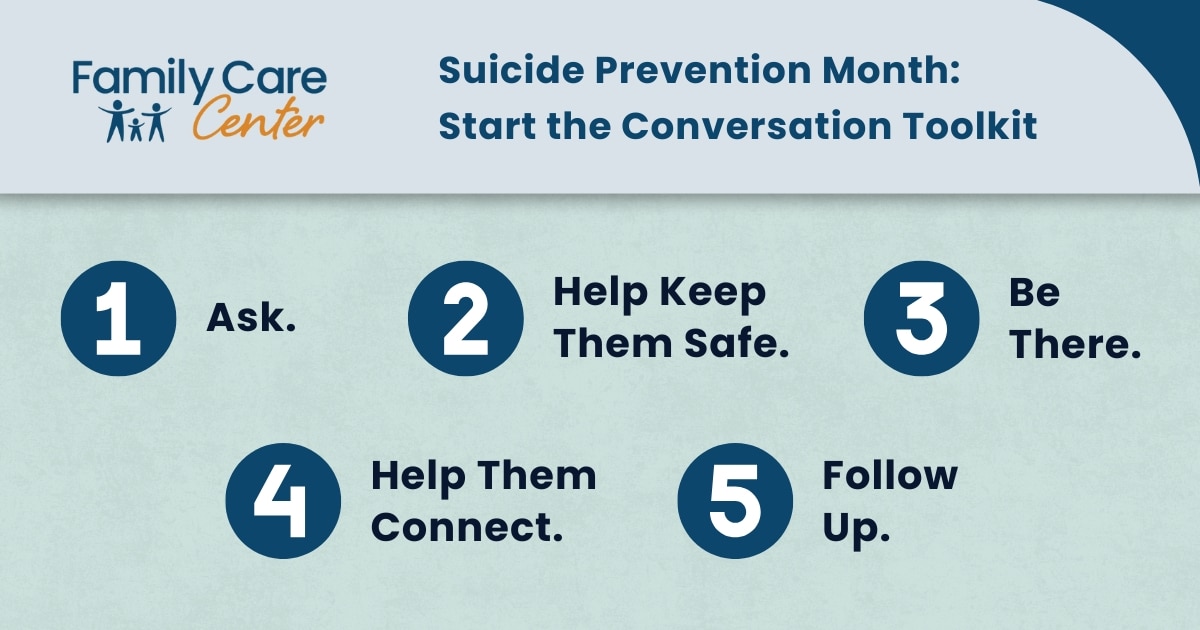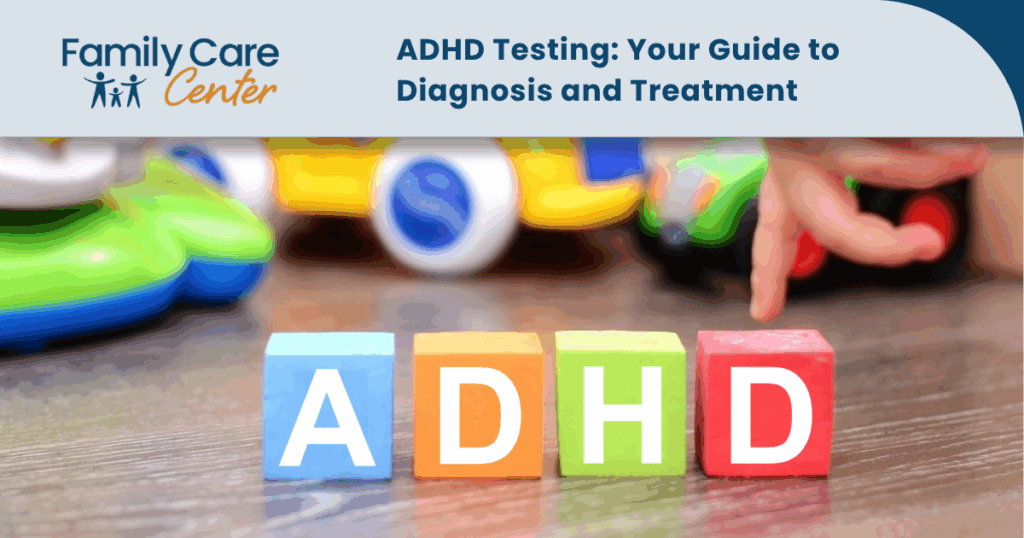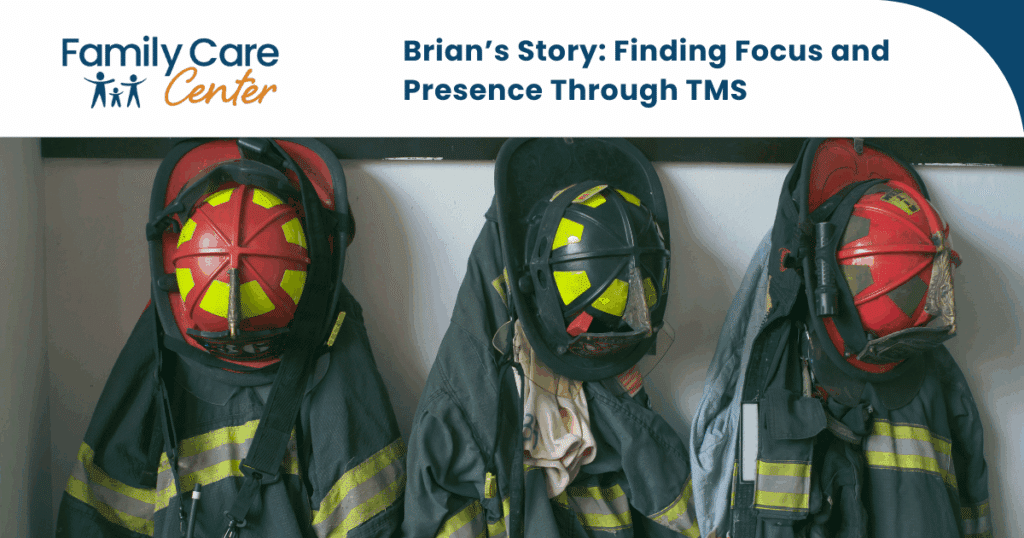September is Suicide Prevention Awareness Month. Although mental health and suicide prevention are essential to address year-round, Suicide Prevention Awareness Month provides a dedicated time for people, organizations and communities to join their voices and share that there is hope, help is available and healing is possible.
Start the conversation toolkit
This toolkit aims to spotlight the urgent need for a shift in how we talk about mental health and suicide.
Why is this important? Real change starts with changing the conversation. We need to move away from silence and stigma and foster a culture of encouragement, understanding and support.
There are four topic sections that offer insights and tools to help you engage in these vital discussions. Each of them includes key messages can be used to develop emails and newsletters or to share with friends, work colleagues and other groups.
Together, we can create a world where mental health is spoken about openly and everyone feels supported.
Topic 1: Start the conversation with ourselves
Mental health is as essential to a person’s life as physical health.
Mental health includes emotional, psychological and social well-being. It affects how we think, feel and act and shapes how we handle stress, relate to others and make choices.
It can be challenging for individuals, families, organizations and communities to talk about mental health. However, not talking about mental health and suicide can increase the risk of people who are struggling and potentially decrease the likelihood that someone will seek help when they need it the most.
Too often, public messaging conveys negative narratives about mental health and suicide. These negative narratives stigmatize mental health and suicide, which can contribute to feelings of uncertainty, shame and self-loathing that prevent someone from seeking help or put them at greater risk for harm. Instead, a narrative of hope and resilience can influence how people think, feel and act. It can let us know that there is hope, help and that suicide is preventable.
Topic 2: Start the conversation with loved ones
Empowering conversations can prevent suicide. When someone is struggling, talking openly about mental health and suicide with friends, family, or colleagues can make a significant difference.
Follow these five steps to navigate these life-saving discussions.

Topic 3: Start the conversation with the community
Talking about mental health and suicide openly in our community is crucial. It raises awareness and supports suicide prevention efforts. It also encourages those who need extra support to seek services.
Surrounding individuals and families with supportive neighborhoods, businesses, schools and services is critical. Communities that work together intentionally and proactively can change the narrative about mental health and suicide.
Those at risk of suicide, or those close to someone who died by suicide, are deeply affected by our language. What we say should always be respectful and show care and concern.
Topic 4: Start the conversation about support resources
Prioritizing mental well-being by seeking personalized support can foster hope and healing. Discussing available resources helps promote a positive, recovery-focused narrative.
- Connecting with trusted friends, family and healthcare providers in your community can help identify suitable support tailored to your needs.
- Engaging with peer support networks or local support groups can provide comfort and connection by sharing experiences with individuals facing similar challenges.
- Professional help can also make a big difference, but sometimes, it is hard to know where to start as there are many different types of mental health professionals.
- A good starting point is to call the number on the back of your insurance card. They can help you identify what providers are part of your plan.
- Ask for referrals from your friends, family, doctors, or others you trust.
- Contact 988 or your local mental health center to understand what mental health resources are available in your community.
Continue discussions year-round
As Suicide Prevention Awareness Month reminds us, starting the conversation about mental health and suicide is a crucial first step toward creating lasting change. Whether you’re reflecting on your own well-being, reaching out to loved ones, engaging with your community, or exploring available support resources, these conversations have the power to reduce stigma, encourage understanding and ultimately save lives.
By fostering open dialogue and offering compassionate support, we can create a world where everyone feels seen, heard and valued. Let’s continue these life-saving discussions year-round—because help is available, hope is real and healing is possible.





